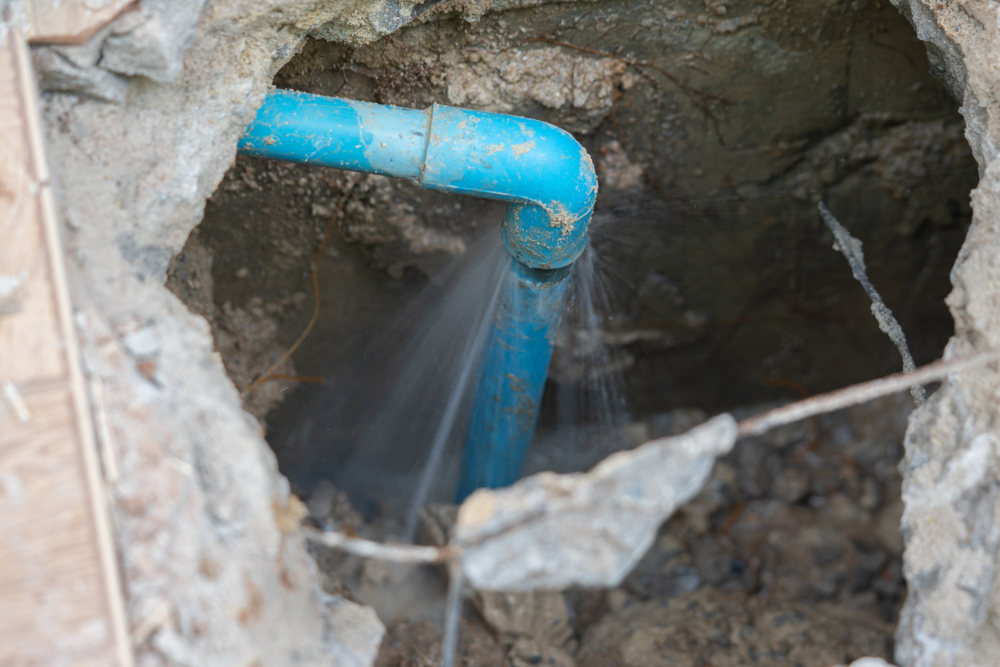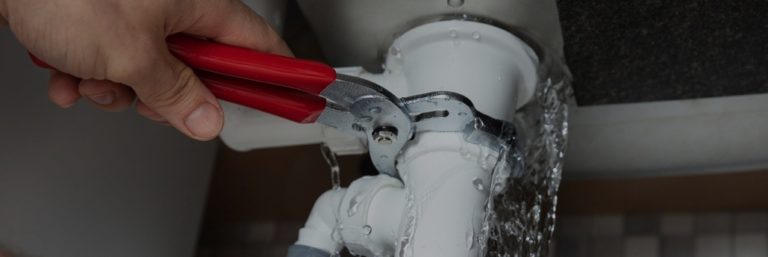How to Check If Your Home Has a Hidden Leakage
BookEach person has their own individual opinion when it comes to Finding hidden leaks.

Early discovery of dripping water lines can alleviate a prospective catastrophe. Some little water leaks might not be noticeable.
1. Analyze the Water Meter
Every residence has a water meter. Checking it is a guaranteed manner in which helps you discover leaks. For beginners, switch off all the water resources. Make sure no person will flush, make use of the tap, shower, run the washing machine or dishwashing machine. From there, most likely to the meter as well as watch if it will alter. Considering that nobody is using it, there ought to be no activities. If it relocates, that suggests a fast-moving leak. Also, if you detect no changes, wait a hr or two and also check back once more. This means you might have a slow-moving leakage that could also be underground.
2. Check Water Intake
If you detect unexpected changes, in spite of your consumption being the same, it implies that you have leakages in your plumbing system. An unexpected spike in your bill indicates a fast-moving leak.
On the other hand, a consistent increase on a monthly basis, despite having the very same routines, reveals you have a slow leakage that's also gradually intensifying. Call a plumber to completely examine your residential property, especially if you feel a warm area on your flooring with piping underneath.
3. Do a Food Coloring Examination
30% comes from commodes when it comes to water intake. Examination to see if they are running properly. Drop specks of food color in the storage tank and also wait 10 mins. If the shade somehow infiltrates your bowl during that time without flushing, there's a leak in between the storage tank as well as bowl.
4. Asses Exterior Lines
Don't forget to examine your outside water lines too. Should water seep out of the link, you have a loose rubber gasket. One tiny leakage can squander loads of water and surge your water expense.
5. Examine and also Evaluate the Situation
Homeowners must make it a habit to inspect under the sink counters and also even inside cupboards for any kind of bad odor or mold growth. These 2 warnings show a leakage so punctual attention is called for. Doing routine assessments, also bi-annually, can save you from a major problem.
Extra notably, if you know your home is already old, keep a watchful eye on your heating units, tubes, pipelines and so on. Look for discolorations and compromising as many pipes and devices have a life expectancy. They will also normally degrade because of tear and put on. If you presume leaking water lines in your plumbing system, do not wait on it to escalate. Call a professional plumber immediately so you do not end up with a horrible mess in your home.
Early detection of leaking water lines can reduce a possible calamity. Some little water leaks may not be visible. Checking it is a surefire way that assists you uncover leakages. One tiny leak can waste heaps of water as well as spike your water costs.
If you think dripping water lines in your plumbing system, don't wait for it to rise.
WARNING SIGNS OF WATER LEAKAGE BEHIND THE WALL
PERSISTENT MUSTY ODORS
As water slowly drips from a leaky pipe inside the wall, flooring and sheetrock stay damp and develop an odor similar to wet cardboard. It generates a musty smell that can help you find hidden leaks.
MOLD IN UNUSUAL AREAS
Mold usually grows in wet areas like kitchens, baths and laundry rooms. If you spot the stuff on walls or baseboards in other rooms of the house, it’s a good indicator of undetected water leaks.
STAINS THAT GROW
When mold thrives around a leaky pipe, it sometimes takes hold on the inside surface of the affected wall. A growing stain on otherwise clean sheetrock is often your sign of a hidden plumbing problem.
PEELING OR BUBBLING WALLPAPER / PAINT
This clue is easy to miss in rooms that don’t get much use. When you see wallpaper separating along seams or paint bubbling or flaking off the wall, blame sheetrock that stays wet because of an undetected leak.
BUCKLED CEILINGS AND STAINED FLOORS
If ceilings or floors in bathrooms, kitchens or laundry areas develop structural problems, don’t rule out constant damp inside the walls. Wet sheetrock can affect adjacent framing, flooring and ceilings.
https://www.servicemasterbyzaba.com/blog/how-to-detect-water-leakage-in-walls/

I am very focused on Leaking water lines and I really hope you enjoyed the new page. Are you aware of another person who is serious about the niche? Be sure share it. Thanks for going through it.